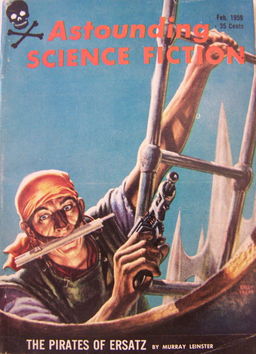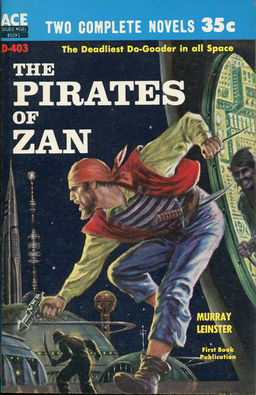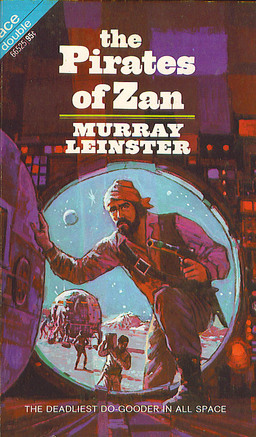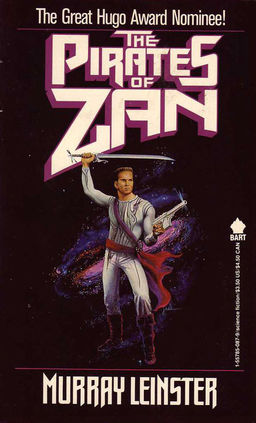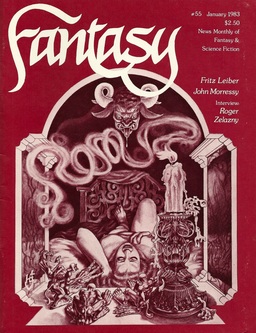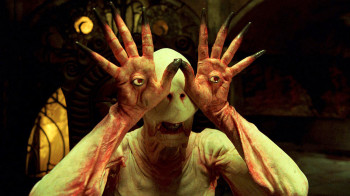An American Fantasy Master: The Pulp Art of Virgil Finlay
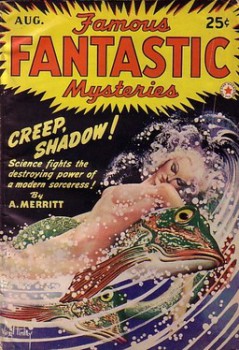 John O’Neill graciously offered me a spot in Black Gate’s blogosphere. How nice of him. Silly man, now he has to put up with me.
John O’Neill graciously offered me a spot in Black Gate’s blogosphere. How nice of him. Silly man, now he has to put up with me.
Most of you probably don’t recognize my name, but I’ve been in the fantasy-sf-comics business for years. I’ve worked at Cinefantastique magazine (and written for it), Mayfair Games, and First Comics. In 1984, I began freelancing and have worked for a number of specialty presses as designer, consultant, guru, you name it.
A few years ago, I decided I wanted more control of the work I was doing, packaged the first US edition of Creature From the Black Lagoon for DreamHaven Books, and co-edited the Worlds of Edgar Rice Burroughs with Mike Resnick for Baen Books. Go buy them both.
So what can you expect from me in the upcoming weeks and months?
Well, I’ll be giving you sneak peeks on things I’m working on, writing retrospectives of great American Fantasists (writers and artists) you should know about, and giving you a lot of information on fantasy films from the silent era to now.
The last bit is because I’m working on a history of fantasy films and occasionally I run across bits that are cool, but just don’t fit into the book. I’ll share them here.
This time, let’s start with a book I’m working on which allows me to talk about that wonderful artist Virgil Finlay.
It’s a 192 page 9 x 12 art book Doug Ellis, Bob Weinberg, and I are putting together, with over 150 black and white Finlay illustrations from Doug’s and Bob’s personal art collections, and a 32 page color section that will include paintings from Glynn Crain’s collection as well.
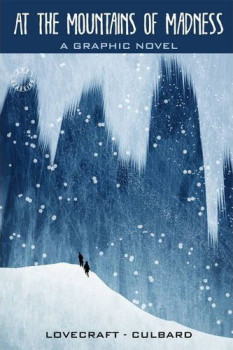
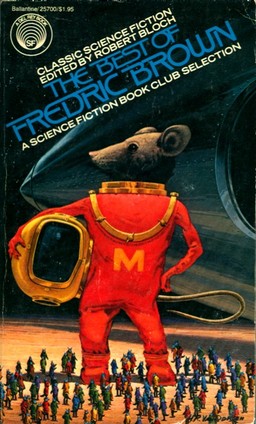


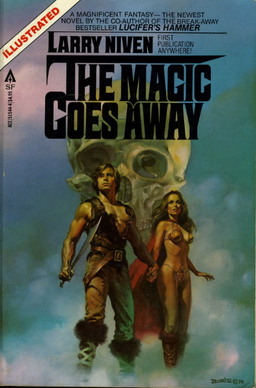
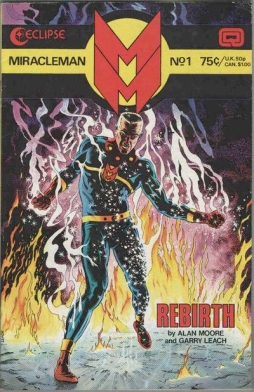 A little while ago,
A little while ago, 